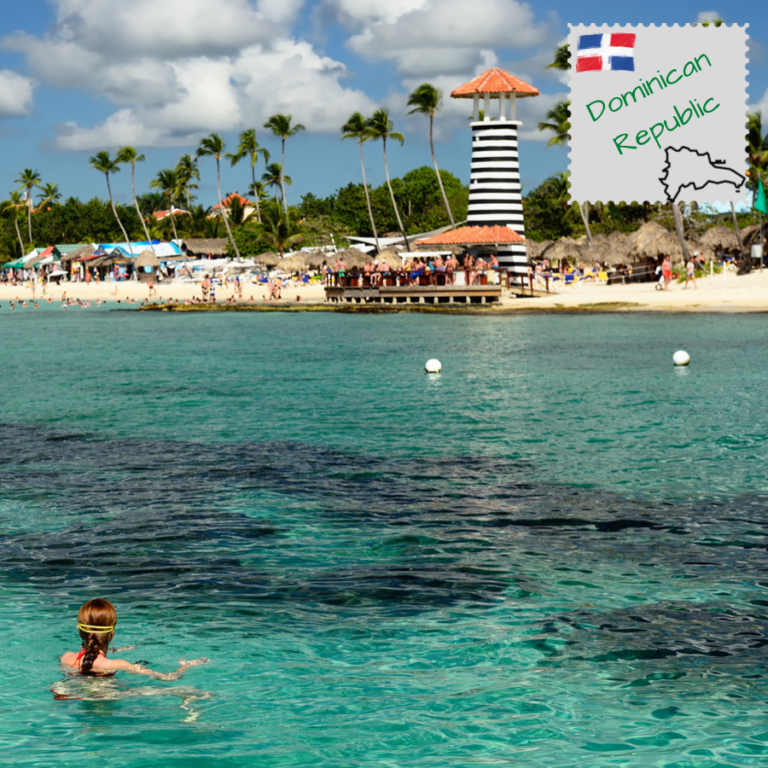
The large island of Hispaniola is home to two countries: Haiti and the Dominican Republic, separated by a rugged mountain range and many cultural differences. During my stay in the Dominican Republic, it is easy to forget its joint counterpart when experiencing only the resort-style accommodations. I ventured off of our resort (Iberostar Hacienda) and went horseback riding through the countryside of Bahia. Talking with our guide, I learned he was from Haiti and that things are still very different. Despite these issues, the Dominican Republic still boasts in its stunning beaches.


The official language spoken in the Dominican Republic is Spanish. However, dialects are spoken across the country. The local dialect of the Dominican Republic is called Dominican Spanish and has some African influences. Moreover, it has borrowed vocabularies from the Arawak language.

The Dominican monetary unit is the peso, indicated by the symbol RD$ (or sometimes just R$). Though the peso is technically divided into 100 centavos (cents), prices are usually rounded to the nearest peso. There are one- and five-peso coins, while paper money comes in denominations of 10, 20, 50, 100, 500, 1000, and 2000 pesos. Many tourism-related businesses, including most midrange and top-end hotels, list prices in US dollars, but accept pesos at the going exchange rate.

U.S. citizens do not need a visa for tourist or business travel to this country. A visa is required for U.S. Official and Diplomatic passport holders traveling for official business.

A shock to many first-timers, most restaurants add a whopping 28% (ITBIS of 18% and an automatic 10% service charge) to every bill. Menus often don’t indicate whether prices include the tax and tip. Hotels A 10% service charge is often automatically included; however, a US$1 to US$2 per night gratuity left for cleaning staff is worth considering. Taxis Typically, you can round up or give a little extra change. Tours You should tip tour guides, some of whom earn no other salary. Restaurants Generally not expected since 10% is automatically added to the total. If especially impressed, you can add whatever else you feel is deserved.

Like the United States, you generally tip in Puerto Rico. Bars -tip $1 per drink. Luggage attendants – tip $1 to $2 per bag for anyone who helps with your luggage. Restaurants – tip 15% of the bill. Taxis – tip 15% of the fare. Always remember to check for service charges included in your bill at touristy restaurants, even for groups smaller than six. If possible, try to tip servers with cash even when paying by credit card; this precludes management from taking a partial cut.

Most bank ATMs have relatively low withdrawal limits, often RD$10,000. So for any long stay, you’ll likely have to make many trips to the ATM and the fees add up. One option is to withdraw money using your debit or credit card with a teller inside the bank. Limits are substantially higher or non-existent and there are no additional fees. Be sure to bring your passport.

You don’t need a power plug adapter in the Dominican Republic, when living in the United States of America. In the Dominican Republic, the power plugs and sockets are of type A and B. The standard voltage is 110 V and the standard frequency is 60 Hz.

The best time to visit the Dominican Republic is in April and May when the peak tourist season has ended and before the start of the hurricane season later in the year. The Dominican Republic is a reliably popular winter destination for travelers looking to escape the cold up north.
The Dominican Republic’s public transportation system is surprisingly modern and extensive. Dominicans are constantly on the road–visiting family in the countryside, conducting business, or shuffling to school. Taxis are ubiquitous, Uber is available in three major cities–Santo Domingo, Santiago, and Puerto Plata–and there’s always a form of bus service, big or small, going to any town or city you want to explore. Aside from being the most affordable way to travel, public transportation is a great way to glimpse everyday life in the DR and is guaranteed to be a memorable experience.
Taxis are easily located in major cities and towns, usually stationed outside major bus stations, or hotel and tourist zones. In the big cities like Santo Domingo, Santiago, and Puerto Plata, your best bet is to call one of the major 24-hour taxi service companies–ask your hotel or a local for the best ones, and to make the call for you. In Santo Domingo, for instance, Apolo Taxi is popular, as is Aero Taxi. When calling, ask the taxi phone operator to confirm the color of the car and the estimated wait time. You should also ask for confirmation of the fare to your destination –rates within cities are set by the taxi association.
Three major companies, Caribe Tours, Expreso Bávaro, and Metro, provide comfortable, frequent service along with a network of major cities and towns. The DR has a great bus system, utilizing buses similar to Greyhound in the US, with frequent service throughout the country. Virtually all 1st-class buses have toilets in the back and TVs in the aisles showing movies (loudly) en route. Air-con is sometimes turned up to uncomfortable levels. Fares are low – the most expensive 1st class ticket is less than US$10 – and you must buy your ticket before boarding. Unfortunately, there are no central bus terminals in the majority of cities and each company has its own station location. They almost never stop along the road to pick up passengers but drivers are often willing to drop passengers off at various points along the way; they will not, however, open the luggage compartment at any point other than the actual terminal.
The most convenient option is seeking freedom of movement, especially if interested in exploring rural and mountain regions. Familiar multinational agencies have offices at the major international airports, as well as in Santo Domingo and other cities. Not only are their online rates sometimes much less than those of local or national agencies, but their vehicles are of better quality and they provide reliable and most comprehensive service and insurance (though it should be noted that an additional ‘airport terminal charge,’ around 8%, is tacked on to the bill). If you plan to do any driving on secondary roads along the coast or in the mountains, a 4WD is recommended. Rates typically cost US$20 (for a standard car) to US$120 (for a 4WD) per day. Motorcycles can also be rented, but only experienced riders should do so because of poor road conditions.
The only regularly scheduled domestic passenger boat route in the DR is the ferry service between Samaná and Sabana de la Mar, on opposite sides of the Bahía de Samaná in the northeastern part of the country. The journey is subject to weather and departures are frequently canceled. There is no car ferry service here, so, unfortunately, if you arrive in Sabana de la Mar with a rental vehicle, you’ll have to leave it behind and return by the same route you arrived.
Useful if short on time, though the most expensive option and sometimes unreliable depending on the time of year. If making flight connections in Santo Domingo, keep in mind that it’s an hour drive between Aeropuerto Internacional Las Américas and La Isabela. The main domestic carriers and air-taxi companies include Aerolíneas MAS, SAP Group, Air Century, and TAS Jet.
Basically small buses or minivans; ubiquitous, least expensive and least comfortable, but often the only available public transport. Wherever long-distance buses don’t go, you can be sure a guagua does. Guaguas are typically midsize buses holding around 25 to 30 passengers. They rarely have signs, but the driver’s assistant will yell out the destination to potential fares on the side of the road. Don’t hesitate to ask a local if you’re unsure which one to take. Guaguas pick up and drop off passengers anywhere along the route – to flag one down simply hold out your hand – the common gesture is to point at the curb in front of you but just about any gesture will do. Most guaguas pass every 15 to 30 minutes and cost RD$35 to RD$70.
The popular ride-sharing app service UBER launched in the Dominican Republic in 2015 and is now operating in three major cities: Santo Domingo, Santiago, and Puerto Plata. Cabify also operates in Santo Domingo. These apps are as safe to use in the DR as in any other destination.
The DR’s highways are not well suited for cycling, and Dominican drivers are not exactly accommodating to people on bikes; the situation is hectic. However, mountain biking on the DR’s back roads and lesser-used highways can be rewarding, and a number of recommended tour companies operate in Jarabacoa and Cabarete. If you’re planning a multiday ride, definitely consider bringing your own bike. If you’re joining a bike tour, most tour operators will provide you with one.
Dominican cuisine is made up of Spanish, indigenous Taíno, Middle-Eastern, and African influences. Many Middle-Eastern dishes have been adopted into Dominican cuisines, such as the “Quipe” that comes from the Lebanese kibbeh.

The Dominican Republic has long been a favorite Caribbean escape for its plethora of accommodation options attracting countless celebrities, sports personalities, and adventurous travelers. Even though the DR is known for its all-inclusive resorts, there are also plenty of boutique hotels and eco-lodges located in beach towns and mountainside areas, including colonial hotels in the historic Colonial City of Santo Domingo, among others.


Los Haitises National Park is a national park located on the remote northeast coast of the Dominican Republic that was established in 1976. It consists of a limestone karst plateau with conical hills, sinkholes, and caverns, and there is a large area of mangrove forest on the coast.
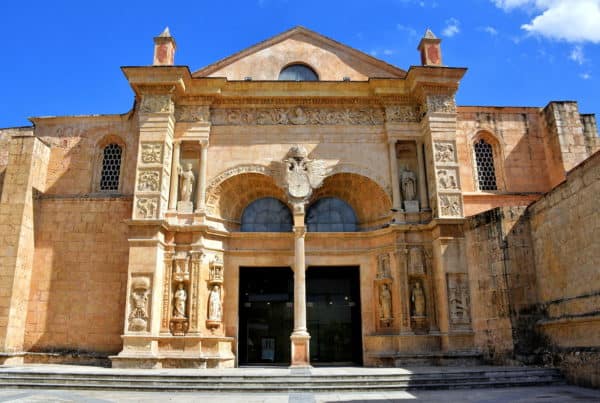
The Cathedral of Santa María la Menor (also known as Nuestra Señora de la Encarnación) in the Colonial City of Santo Domingo is dedicated to St. Mary of the Incarnation. It is the oldest cathedral in the Americas, begun in 1514 and completed in 1541.
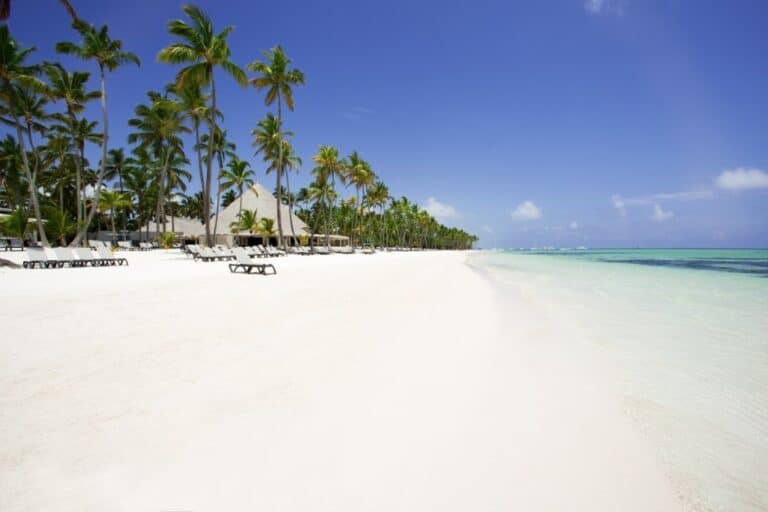
The beach in Bavaro is blessed with powdery white sand making it one of Punta Cana’s most popular. The shore seems endless, and it’s a great beach for a long walk. Get to Playa Bavaro by a clearly marked road south of the Melia Caribe Tropical Resorts.
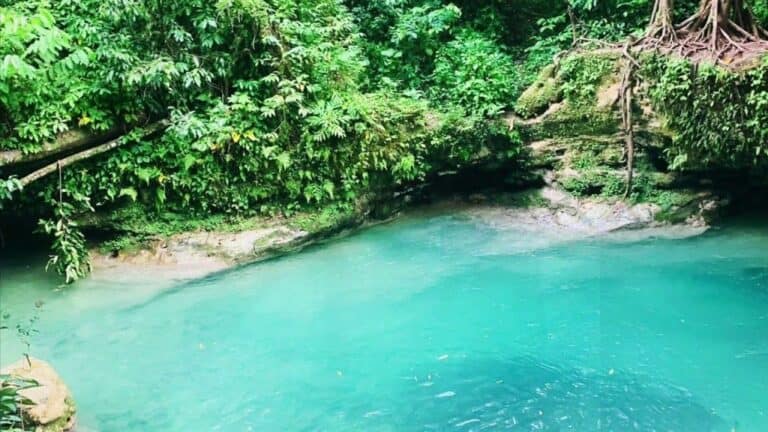
Just 40 minutes outside the kite surfing town of Cabarete, lies Rio Yasica. This quiet turquoise river is a hub for water-sports including kayaking, tubing, canyoning and paddle boarding.
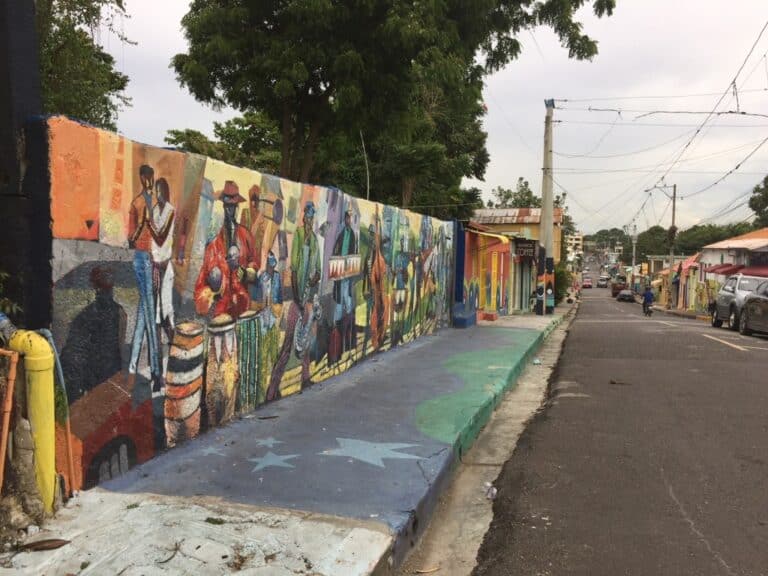
The centre of the Dominican Republic’s second largest city, Santiago de los Caballerosis full of street art murals and colourful houses.In 2017, the Mayor of Santiago encouraged local artists to work with some of the biggest canvases of their lives – the buildings and walls of the Los Pepines neighbourhood.
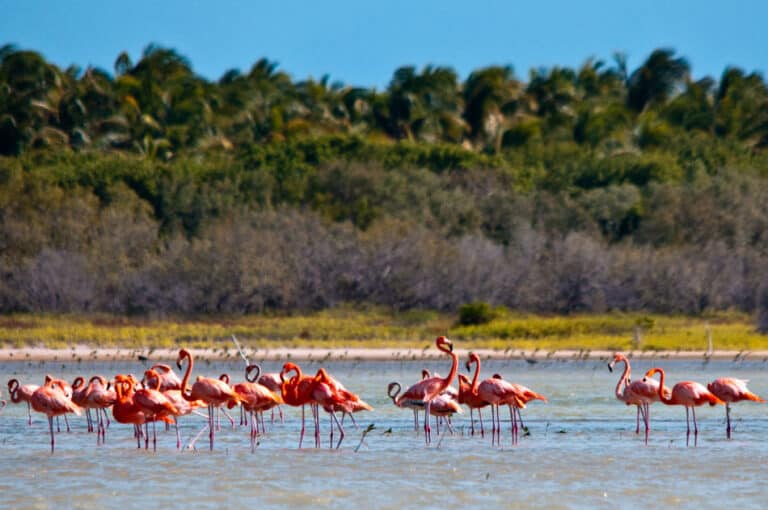
Laguna de Oviedo is a prime bird-watching area and includes 60 aquatic bird species, crabs, iguanas, herons, flamingoes, pelicans, parrots and seagulls, and even 11 different species of bats. Located in the Jaragua National Park, this 27 square-kilometer lagoon, is the largest in the country, and has three times the salt content of the sea.
Accommodation:
Hotel or Hostel (single): $26
Double-occupancy room: $52
Food
Meals for one day: $12
Transportation
Taxis, local buses, train: $2
Intercity: $4.95
Entertainment
Entrance tickets & shows: $8.82
Banana boat ride: $6.38
1-hr Kayak rental: $13
Water skiing: $19
Full-day snorkeling trip: $75
1-hr Horseback ride: $33
1-hr Tennis lesson: $44
Paragliding: $54
Snorkeling tour: $45
Tips & Handouts
Guides & service providers: $0.86
Alcohol
Drinks for one day: $3.15
Accommodation
Hotel or rental home (single): $68
Double-occupancy room: $135
Food
Meals for one day: $30
Transportation
Taxis or Car rental: $4.95
Intercity: $13
Entertainment
Entrance tickets & shows: $23
Banana boat ride: $6.38
1-hr Kayak rental: $13
Water skiing: $19
Full-day snorkeling trip: $75
1-hr Horseback ride: $33
1-hr Tennis lesson: $44
Paragliding: $54
Snorkeling tour: $45
Tips & Handouts
Guides & service providers: $0.86
Alcohol
Drinks for one day: $8.07
Accommodation
Resort or hotel (single): $184
Double-occupancy room: $368
Food
Meals for one day: $68
Transportation
Car Rentals or private driver: $12
Intercity: $34
Entertainment
Entrance tickets & shows: $89
Banana boat ride: $6.38
1-hr Kayak rental: $13
Water skiing: $19
Full-day snorkeling trip: $75
1-hr Horseback ride: $33
1-hr Tennis lesson: $44
Paragliding: $54
Snorkeling tour: $45
Tips & Handouts
Guides & service providers: $0.86
Alcohol
Drinks for one day: $21
When planning for your trip to Dominican Republic, don’t forget about travel insurance! You never know what might happen and it’s better to be safe than sorry.

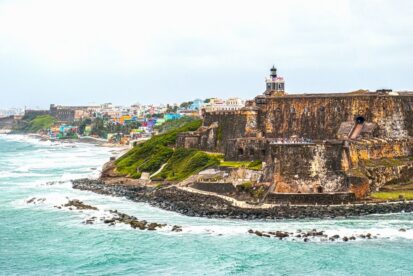


Interested in traveling the world while getting paid? Here at Diversifying Globetrotters LLC, we are partnered with Melanin On The Map and Travel Coach Network to help people across the world find financial, personal, and time freedom. Join the hundreds of others making the change to better themselves while exploring the world and adding money to their pockets.